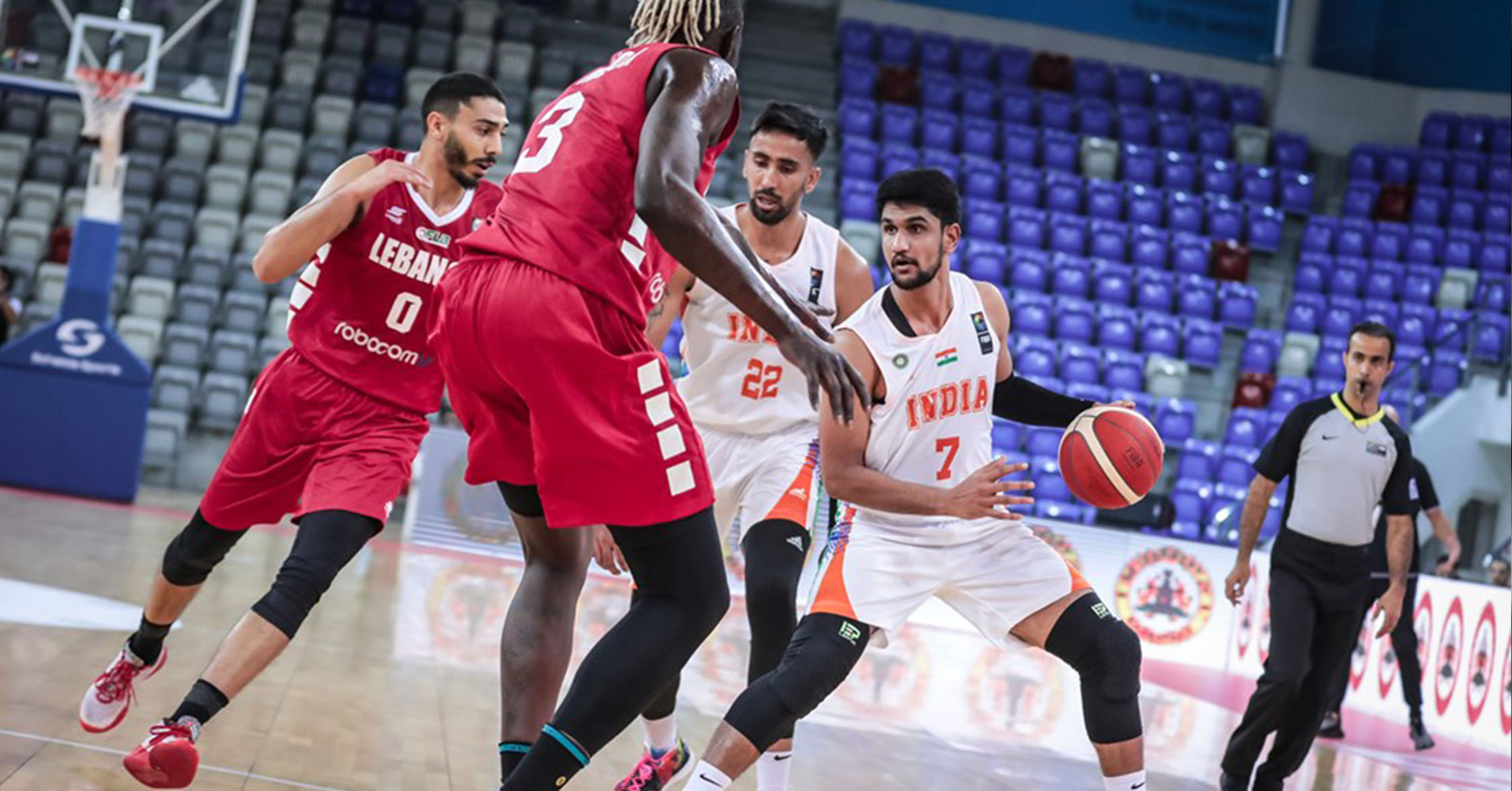
India will face Saudi Arabia and Palestine in Group H of FIBA Asia Cup 2021 Qualifiers at King Abdullah Sports City Hall, Jeddah, Saudi Arabia. The three teams will play each other once each in a round-robin format on 20th & 21st Aug, with the top two teams qualifying for the FIBA Asia Cup 2021.
Twenty-three teams entered the FIBA Asia Cup qualifiers in Feb 2020 to vie for sixteen spots. 500 days and change later, thirteen teams have punched their ticket through. Australia, Bahrain, China, Iran, Japan, Jordan, Kazakhstan, Korea, Lebanon, New Zealand, Philippines and Syria make up twelve spots, add in Indonesia as the host country for the thirteenth.
That leaves three open spots for the remaining five teams which had finished third in their respective groups and now face their final opportunity to qualify. Group G will see Guam and Chinese Taipei duke it out, with one of the two making it through.
Here are 5 things to know about the Indian basketball team ahead of their qualifiers.
1) The Return of the Big 3
This will be the first time in the FIBA Asia Cup 2021 qualifiers that India will have their Big 3 of Vishesh Bhriguvanshi, Amjyot Singh Gill and Amritpal Singh on the court together. India missed Amjyot in the first two games, and were without Amritpal in the last four games.
The absence of one of your top three players affects the team more than just the statistical production you miss. All three together can play off each other and create easier opportunities on offense, while drawing more attention from opponents individually. On defense, the team plays stronger as a unit knowing that tough interior defenders are in the paint ready to thwart offensive advances.
“It makes the game easier whenever Amritpal is around, as he does a lot of things inside,” said Amjyot of having Amritpal back. “He brings your game up when he plays. Even if you miss a shot, you know he’s in the paint ready to get the rebound and help the team.”
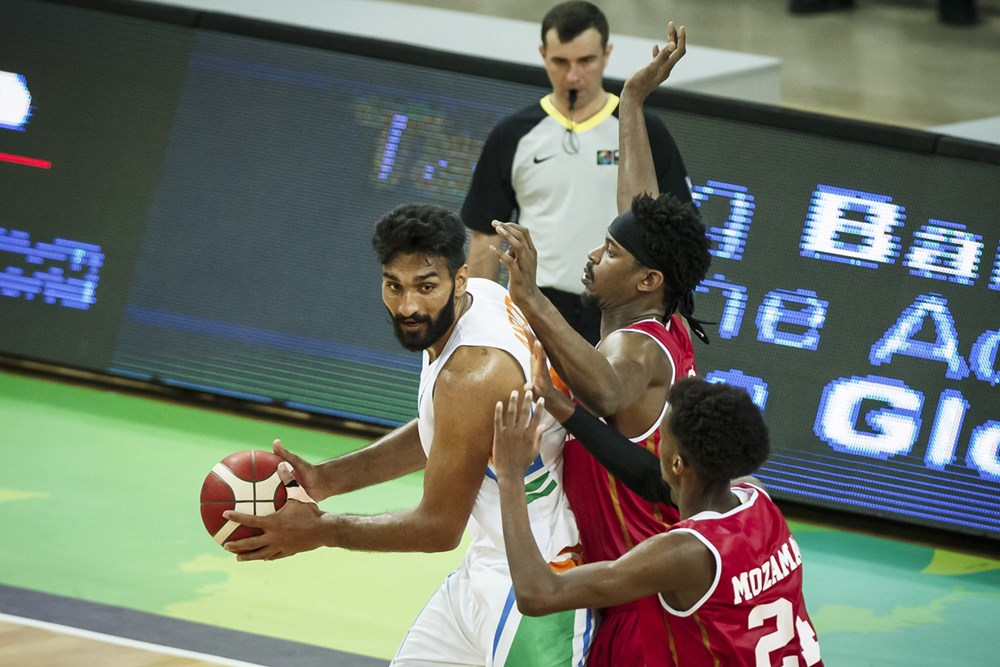
Amritpal averaged 19.5 points with 8.5 rebounds in the two games he played, Amjyot led India in the other four games in scoring, averaging 15.5/5.3/3 (points/rebounds/assists) with 1.5 steals and 1.5 blocks per game. While Vishesh has been a consistent presence in all six games, putting up 10.7/3.7/3.8 over six games.
2) All hands on deck
Look for India to put out a well-balanced attack, going ten or twelve players deep as needed. In the first window of the qualifiers, India had five players play 27 minutes or more vs Bahrain. India led 38-28 at the half, but saw the lead slip away as they were limited to four points in the final five minutes of play, falling to a heartbreaking 68-67 loss.
The next game was a win vs Iraq where India headed into the half with a 47-41 lead, and bust the game open pulling ahead to a 75-60 lead at the end of the third quarter, winning 94-75. Four Indian players played 32 minutes or more, led by Aravind Annadurai playing the entire 40 minutes, putting up 21 points, 8 rebounds, 5 assists and 4 steals. India were without Amjyot Singh in both these games.
Credit coach Veselin Matić for implementing a deeper rotation going forward. The next game vs Lebanon saw all twelve players log at least a couple of minutes of action, with nine players logging double digits in minutes in a 115-160 loss. The 4th contest, vs Bahrain, saw India get off to a 25-11 lead at the end of the 1st quarter, and hold on to a 45-37 lead at the half. The 3rd quarter was India’s undoing as the team fell behind 66-53 and lost 88-72. Eleven players had logged playing time in this one, playing around Amjyot, Vishesh, Muin Baig and Jagdeep Bains, all of whom played over 30 minutes.
The balanced attack bore fruit in the next game vs Iraq, as the 2nd quarter saw the younger players lead the charge with the veterans taking a breather. This was the game Muin went 3 of 3 from 3-point range, putting up 22 points and 7 assists. As the game came down to the wire, the 4th quarter saw timely 3s from Jagdeep and clutch defense from Vishesh setting up a tie game with seconds to go. Then Vishesh did this:
India lost the final game vs Lebanon, but kept it close till the half, being down 51-44. The third quarter saw Lebanon pull away to a 79-58 lead en route to a 99-71 win. Eleven players logged minutes in this one.
Put a lineup of our Big 3 in Vishesh, Amjyot and Amritpal. Add in veteran big men in Aravind Annadurai and Jagdeep Bains, sprinkle in sharpshooting guards in Muin Baig Hafeez and Joginder Singh, and you got yourself a squad. One of the young players to look out for is Sahaij Pratap Singh Sekhon, who’s shown impressive poise in his all-round performances thus far. More youngsters will look to shine in their role with Prashant Singh Rawat, Aravind Kumar Muthu Krishnan, Pratyanshu Tomar and Pranav Prince rounding off the squad that’s ready to go twelve deep if needed.
India is coached by Veselin Matić, with assistants Mohit Bhandari and Pradeep Tomar.
3) Flame On Muin!
The Stepback 3 is the new slam dunk in basketball, a move that elicits oohs and ahhs from the crowd. An elite skill that superstars like Luka Doncic and James Harden regularly pull out of their bag. It’s also something I confess to not expecting to see outside of the NBA with regularity, and definitely not twice in a row.
Annadurai, Muin’s teammate from the Indian team and Tamil Nadu team, wasn’t the least bit surprised at seeing him do that. “He works very hard on his shooting and building lower body strength, we expect those shots to go in for him and our shooters as we know the work they put in. Our team is better now when it comes to shooting,” said Aravind. He himself knows something about shooting lights out, having gone 23/37 from the field in the 4 games he’s played in the qualifiers, averaging 13 points per game.
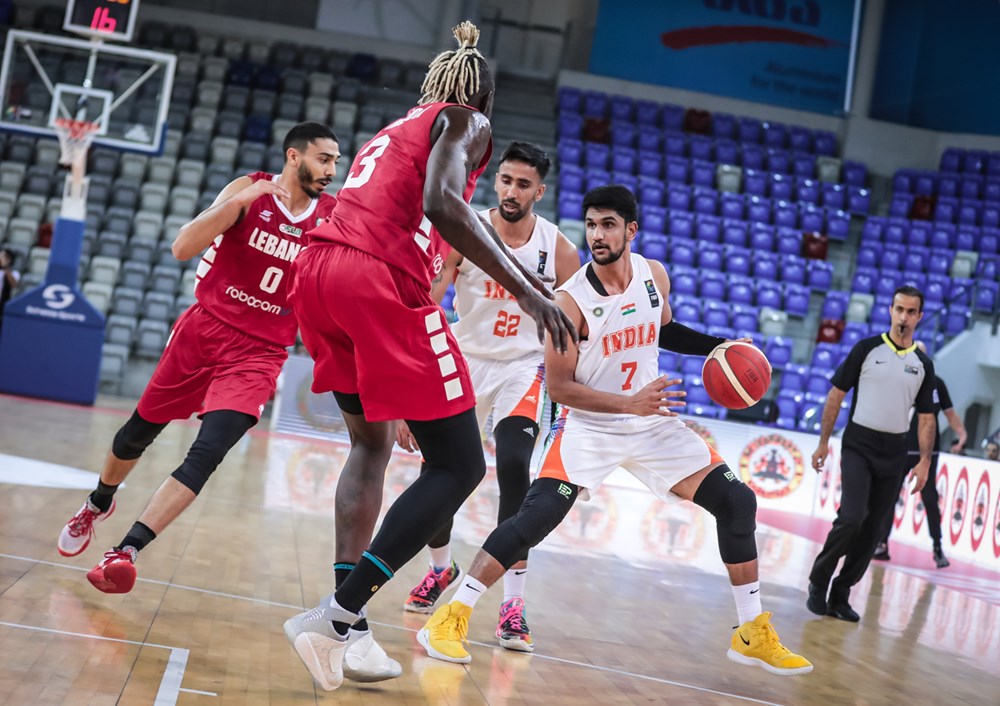
Muin has evolved into a flamethrower for India. In the four games in the qualifiers in which he made at least one three, Muin is shooting 11 of 18 from downtown. He’s averaging 12.7 points, 5 rebounds, 4.5 assists, and 1 steal per game over the six games thus far and will be looking to keep his hot shooting going. Besides Vishesh, Muin is the only other player on the team who’s played in all six of the games in the qualifiers for India. He’s forming a solid and dependable half of the backcourt, being India’s 4th leading scorer with 12.7 ppg and a team-high 4.5 apg. He’s also leading the team with 76 total points and 27 assists.
4) Shining strong in 3 decades
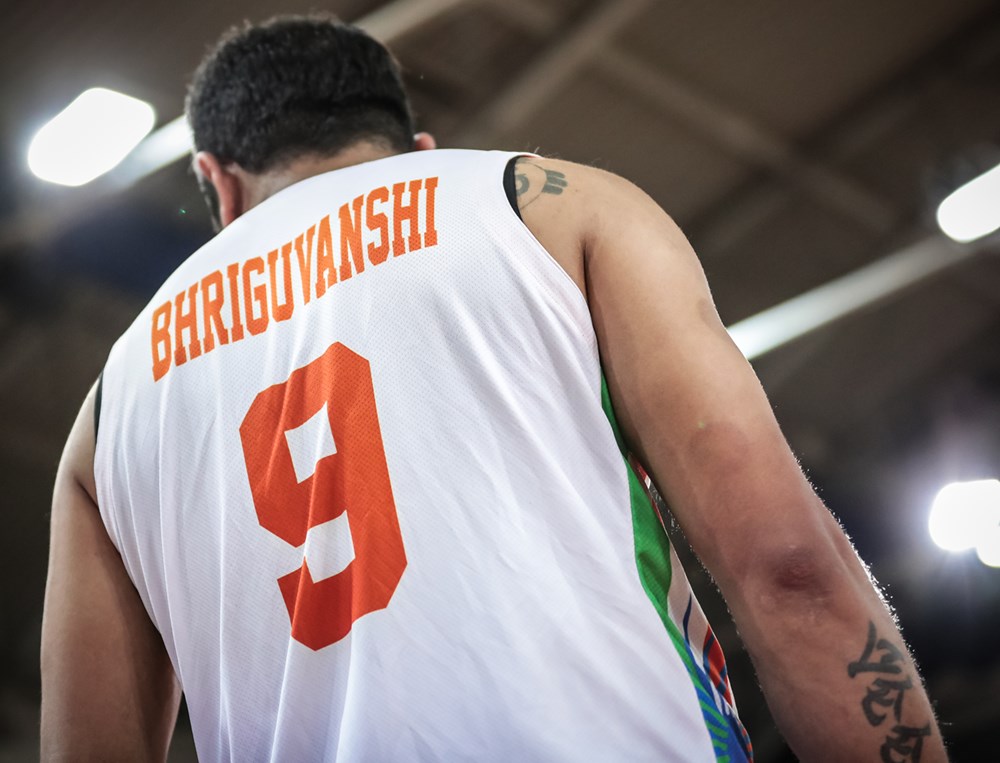
Vishesh Bhriguvanshi and Jagdeep Bains have played in the FIBA Asia Cup in three different decades now. Jagdeep played in his first FIBA Asia Championship in 2005, while Vishesh made his FIBA Asia Championship debut in 2009. After 2013, the Championship was renamed to the FIBA Asia Cup, when it started to be held on a four-year cycle instead of every two years.
India’s veterans aren’t just in it to play a role like Udonis Haslem does for the Miami Heat, where his impact is mainly off the court in perpetuating the Heat Culture and providing guidance to the younger ones, which is basically every other player. Both Vishesh and Jagdeep are contributing on the floor and off of it.
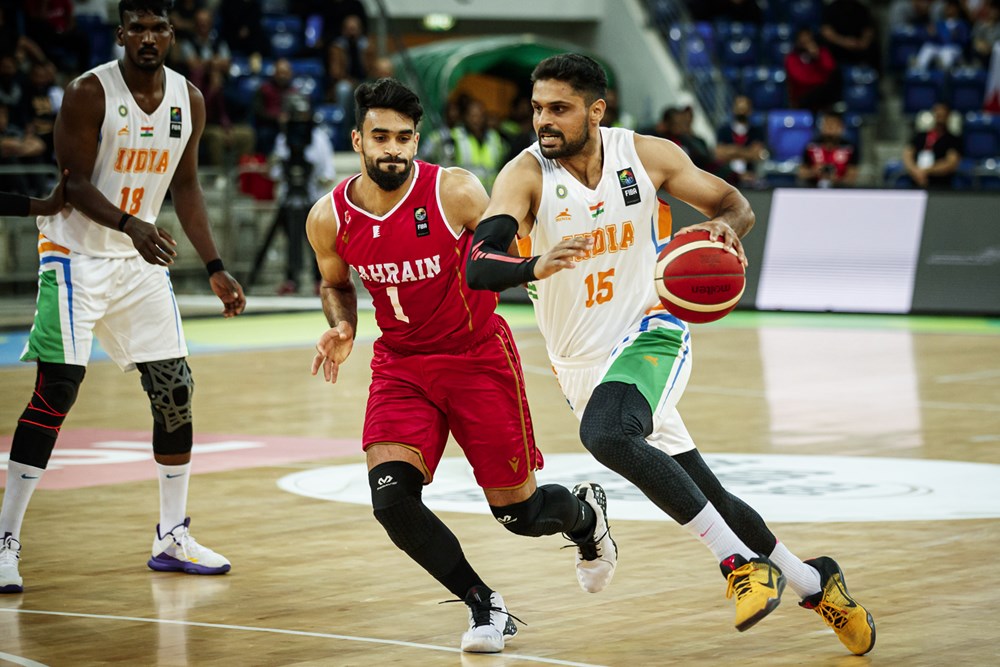
Vishesh’s buzzer-beating game-winner vs Iraq made the rounds on social media, but his impact goes way beyond sinking miraculous shots. That game would not even have come down to the wire had he not made timely plays on both ends in clutch time.
He's been a consistent presence for the team, In the 2nd window of the qualifiers, Vishesh put up 18 points vs Bahrain, shooting 4 of 6 from 3-point land and adding 4 rebounds, 2 assists and 2 steals.
Jagdeep came up big vs Iraq with a timely pair of 3-pointers, and was hot from the field vs Bahrain with a 12/2/3 stat line. His comeback is all the more impressive as he’s still going strong at 35, providing veteran leadership and on-court production.
5) The competition- Saudi Arabia
India’s first game is against Saudi Arabia on 20th Aug, 20:45 PM IST. Saudi Arabia have won three of their last six games, with two wins against Qatar and one against Syria. They lost twice to Iran and once to Syria.
They are ranked 87th in the FIBA World Rankings, while India is at 78. Looking at the numbers, India has the advantage in 3-point percentage, shooting 39.2% from the field in this contest to Saudi Arabia’s 22.3%. But India’s free throw woes put them at 52.8% from the charity stripe, while Saudi Arabia is shooting 61%.
Here are three players from Saudi Arabia to watch out for from the games played thus far. Based on the roster fielded, the names may change for both teams.
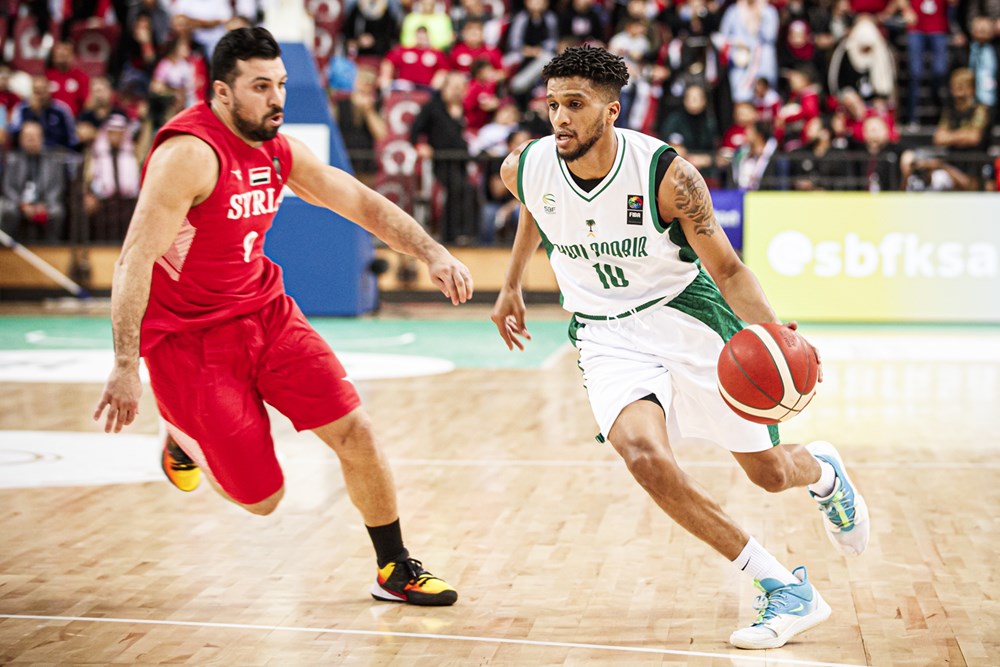
Khalid M Abdel Gabar- The 6’2” Gabar is doing a bit of it all for Saudi Arabia in the backcourt. He’s putting up 17.3/6/4.3 in the six games he’s played. He was born in Saudi Arabia and moved to Canada where he played college basketball. He joined the Saudi Arabia national team in 2018, and will be one to keep an eye on.
Mohammed Alsuwailem- The 21-year-old 6’11” center is a presence to be reckoned with inside. He’s averaging a double-double with 10.8 ppg, 11.2 rpg and adding in 2.7 bpg.
Mohammed Almarwani- The 6’9” forward is putting up 10.2 ppt with 6.4 rpg with high efficiency. He’s shot over 80% from the field in three of the five games he’s played, scoring 13, 13 and 14 points in those three games.
The competition- Palestine
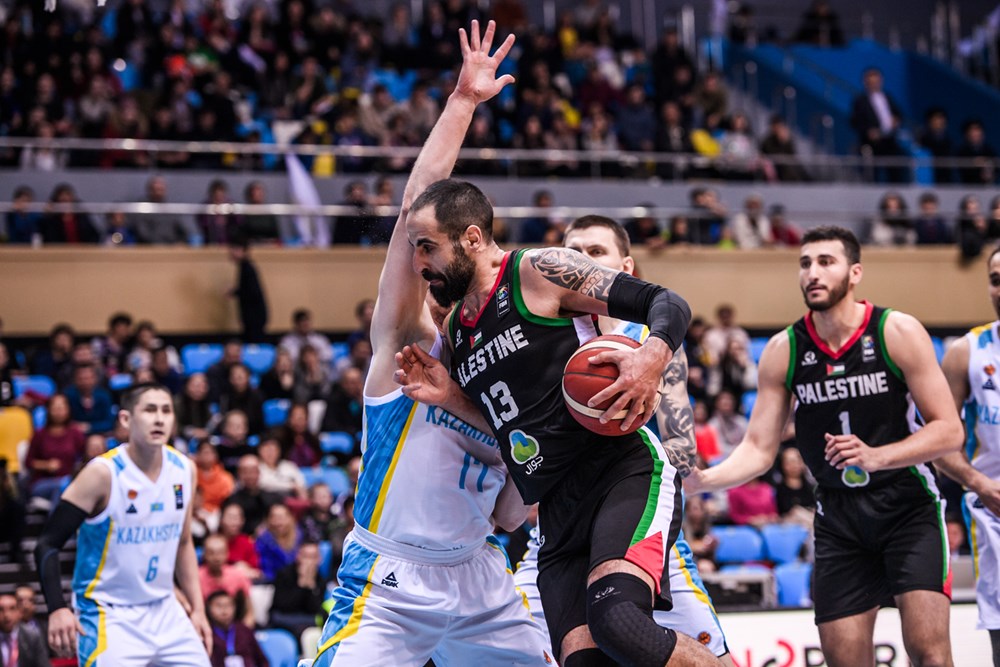
India will play Palestine on 21st Aug, 20:45 PM IST. They are 83rd in the FIBA World Rankings and can field a three-pronged attack, with three players averaging over 19 points per game. The 32-year-old power forward Sani Sakakini is at the helm of the attack, being the first player from Palestine to play basketball abroad professionally. He’s averaging 26.8/12.8/4.5 over six games and has been the driving force for Palestine national team.
Kyndall Dykes- The 33-year old shooting guard is a US-born Palestinian player, he’s putting up 21.5/7.8/6.3 per game over four games in this contest.
Omar Nabil Krayem- point guard is putting up 19.5/6/8 over the two games he’s played.
You can follow the action by following FIBA Asia Cup on Instagram and YouTube,
Warning: Undefined array key "preview" in /home/dh_gq5vzm/sidbreakball.com/wp-content/plugins/oxygen/component-framework/components/classes/comment-form.class.php on line 79